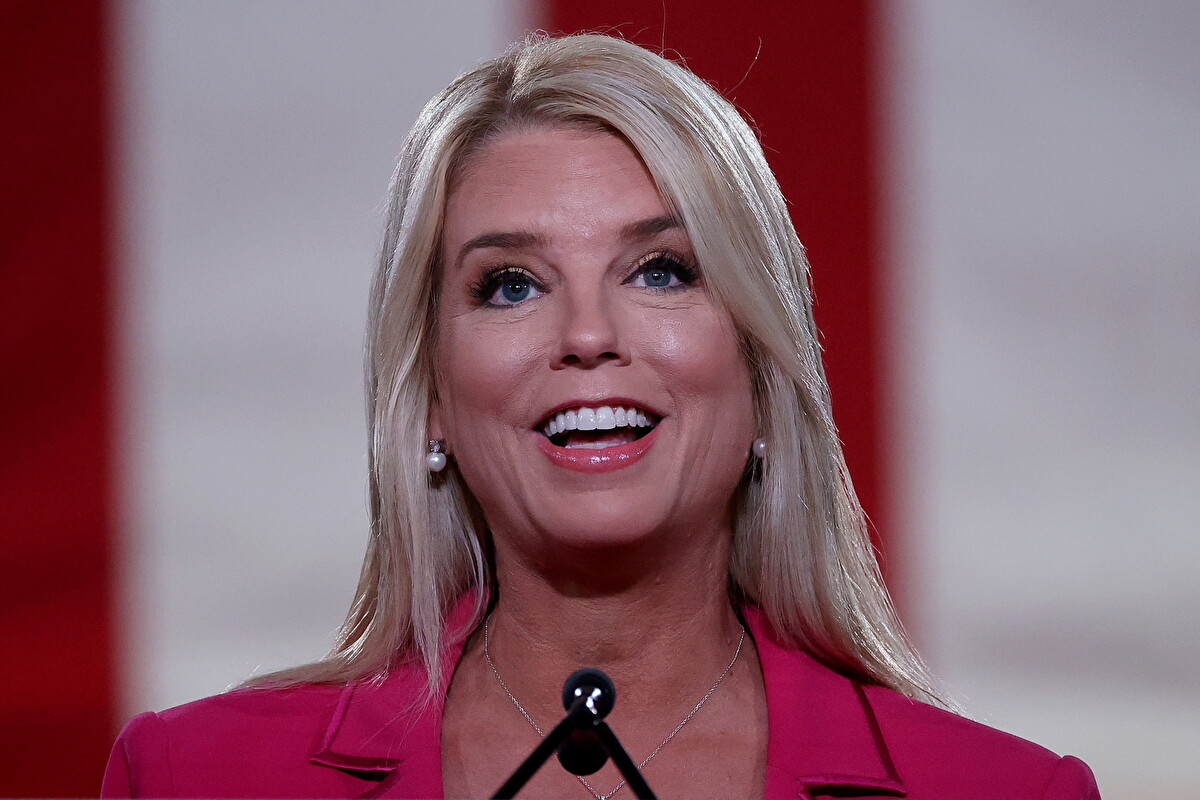The volatility of Donald Trump’s moves on import tariffs is hitting Wall Street hard. The S&P 500 closed in correction territory on Thursday, more than 10% down from its 19 February peak.
The technology index, Nasdaq Composite, also closed in correction last Thursday, while the Dow Jones is over 9% down from its peak in December.
It’s been a hectic two weeks. On Thursday, after Canadian and EU leaders hit back on American tariffs on steel and aluminum imports, the US president threatened a new 200% tariff on European alcohol, in response to a 50% EU tariff on American bourbon imports.
“This will be great for the Wine and Champagne businesses in the US,” Trump wrote on Truth Social.
It was the latest in the back-and-forth between the US and its key trading partners after a 25% US tariff on all steel and aluminum imports went into effect Wednesday. In response, Canada and the EU have put tariffs on American exports worth a total of over $40B goods. “We will not give in to threats,” said Laurent Saint-Martin, France’s foreign trade minister. “Donald Trump is escalating the trade war he chose to unleash.”
It is unclear how much Trump’s action are dictated by his volatility and how much they may be a calculated strategy to obtain a result. The administration has shown it is willing to back down in some instances, at least temporarily. On Tuesday, Trump reversed plans to double the tariff on steel and aluminum imports from Canada to 50% after Ontario’s premier dropped plans to place tariffs on electricity exports to the US. Last week, Trump delayed the 25% tariffs he planned to put on all Mexican and Canadian imports until the start of April.
The administration played down concerns about the effects the tariffs will have on the US economy in the short term. US treasury secretary Scott Bessent said in an interview that the administration was focused on the “long-term gains in the market and long-term gains for the American people. I’m not concerned about a little bit of volatility over three weeks”.












